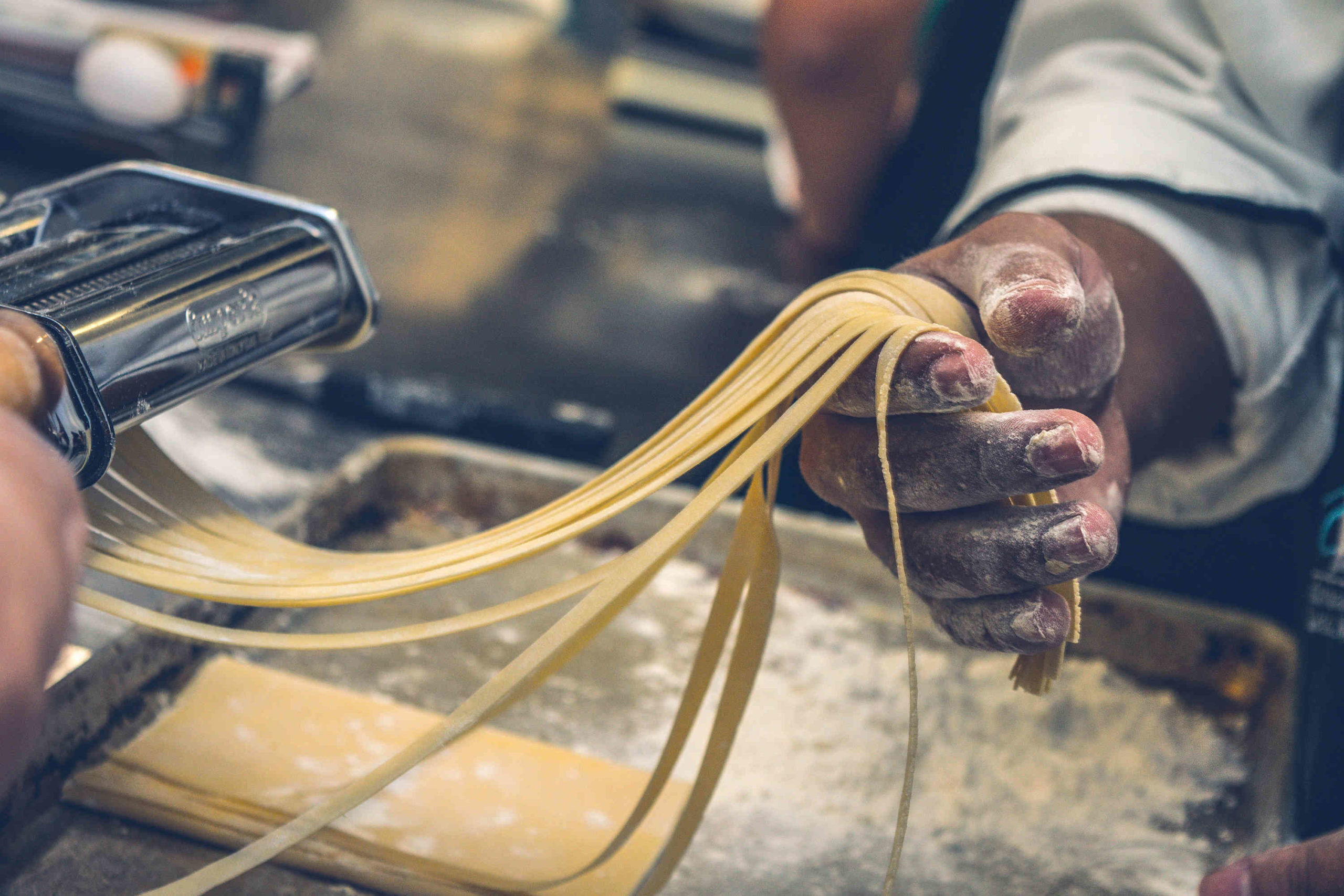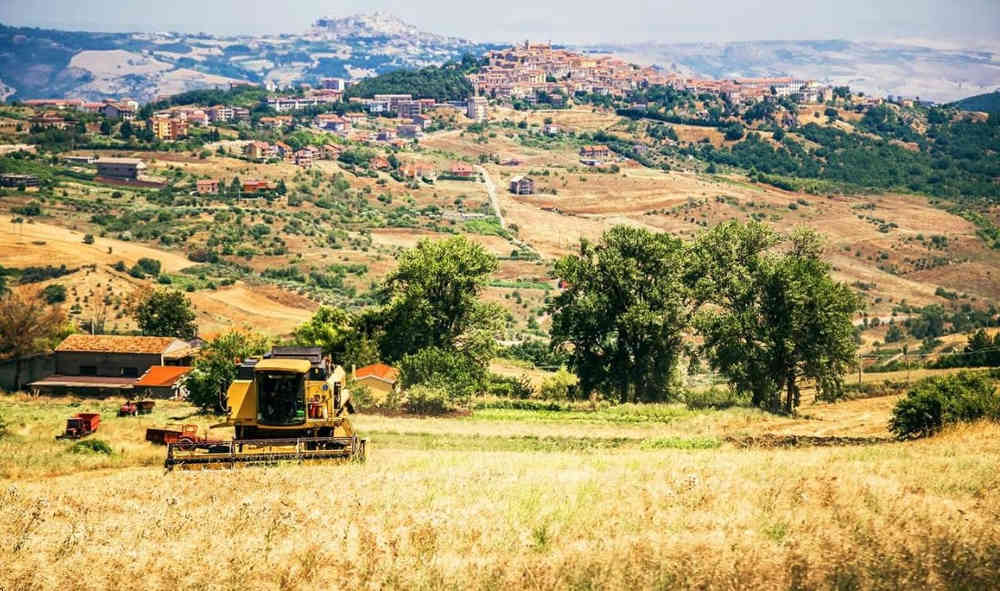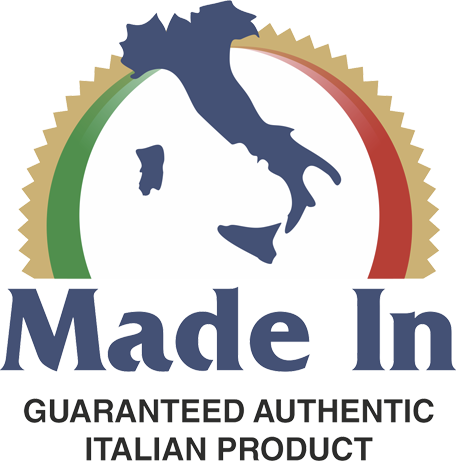
PASTA AND ITALIAN DURUM WHEAT :
symbol of the Mediterranean diet
and synonymous of made in Italy
Pasta and Italian durum wheat. It is difficult to find a more universal symbol of Italianness than pasta, a fundamental element of the Mediterranean diet.
Is there perhaps a more natural and simple food than pasta?
Italian durum wheat semolina and water.
No preservatives, because it is the drying of the extruded product that allows an indefinite shelf life.
No dyes: holding a spaghetti bundle against the light, we find the brightness of the sun absorbed by the grain of wheat and returned by the semolina. No chemical additives and not even salt.
How to recognize if pasta is made from Italian durum wheat?
From a careful examination of the raw product we can say that we are in the presence of a good pasta if:
- the appearance is uniformly smooth and no roughness, “stippling” or dark shadows appear in transparency;
- the color is a clear and unmistakable amber yellow;
- no odor is detected;
- when tasted (we are obviously always talking about raw products) the flavor is slightly sweetish;
- – the break gives a dry sound and the break appears smooth and glassy.
In most Italian regions, the penne rigate are preferred, which hold the sauce more easily, while in Neapolitan recipes we find above all smooth pasta, in particular macaroni: what most distinguishes them is their golden yellow color, as well as their granular mixture which has a particular transparency; moreover, if they break, they break unevenly and the interior appears bright.

The type of wheat is essential for a good pasta
There are many types of wheat in the world, but Italian durum wheat is needed for pasta, such as that of the LE TRE COLLINE company, which has a long tradition behind it.
To obtain a good pasta, the protein content and the quantity of gluten are important too: only ancient grains of the Italian tradition have these qualities and therefore guarantee a better result.
The path of production and conservation is important:
- Take care of every phase: from soil preparation, to sowing, to harvest with 100% traceability.
- Let the soil rest cyclically so that it can naturally regenerate with nourishing mineral substances.
- Guarantee a good ripening of the wheat, thanks to the ideal temperature and the persistent sunshine of our country.
- Choose to cultivate traditional Italian quality wheat.
How do you evaluate the quality of wheat to have a good pasta?
There are two recognized factors to take into account when evaluating the quality of a wheat: the quantity of protein and the quality of gluten.
The first is also defined by the environment in which the plant grows and ripens: the place and method of cultivation account in fact for 60% of the grain’s character. If humidity, insolation or fertilization are not sufficient, the wheat risks not to reach the adequate quality and therefore to have a low protein value.
The second, instead, is linked to the variety: «modern durum wheat develops a more tenacious gluten, while the ancient varieties are weaker».
The cultivation method, transport and conservation techniques greatly affect the quality of the wheat: the excessive use of chemicals, such as glyphosate in Canada to “dry” the grain before harvesting, transport for thousands of kilometers and long storage in inadequate conditions risk, in fact, to compromise the quality.




